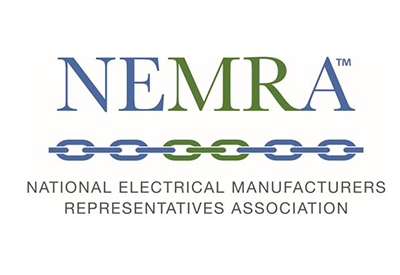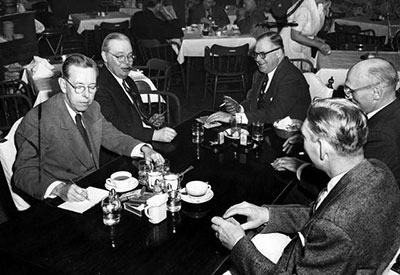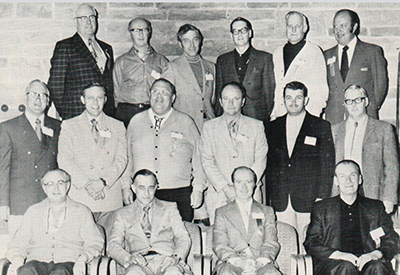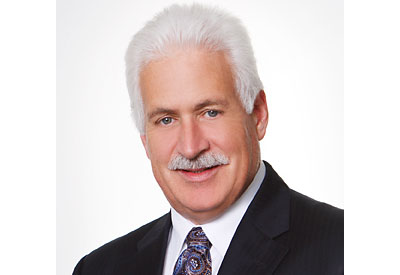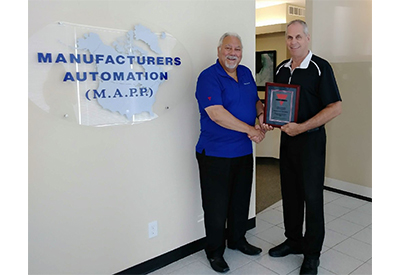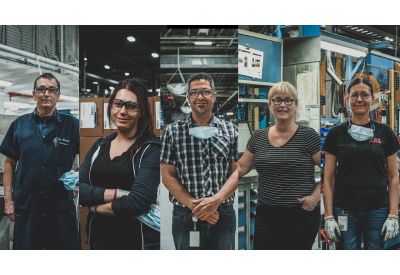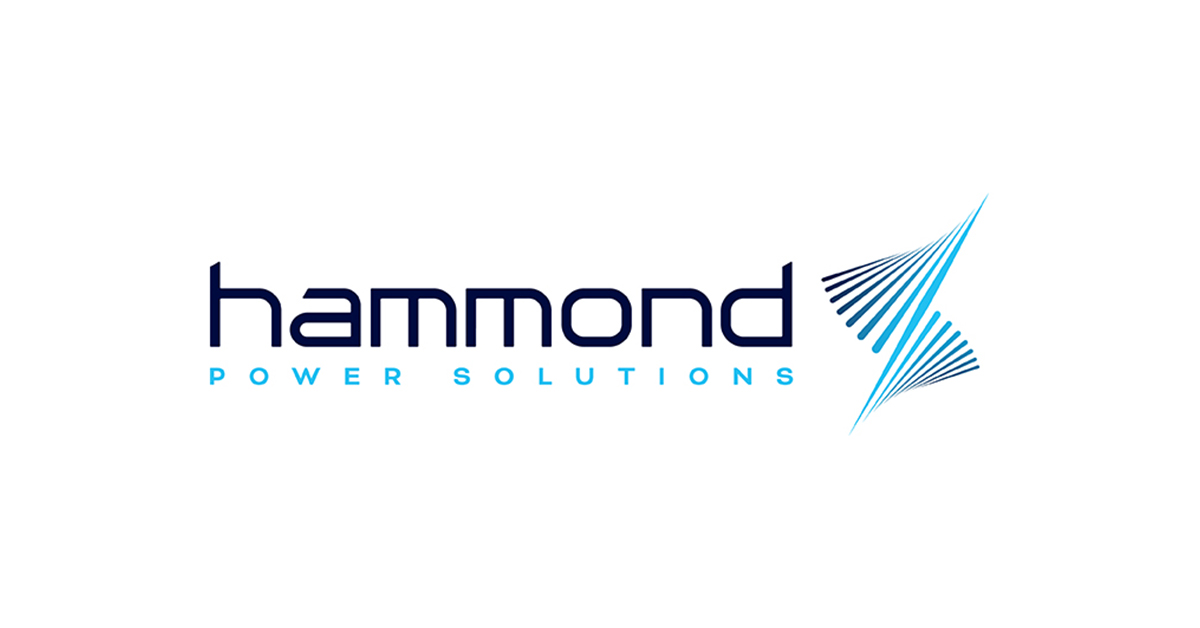Schneider Electric: How Electrical Contractors Can Benefit From Rethinking Traditional Working Methods – A Lesson From Roundabouts
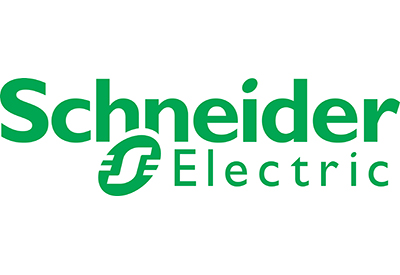
April 22, 2022
There have been many game-changing developments in the construction sector, speeding industry modernization over the last few years. For instance, recent technological innovations drive the digital transformation revolution that prompts many electrical contractors to reconsider workflows and investigate new strategies to modernize their businesses.
Schneider Electric outlined some of the growth opportunities available to contractors in earlier blog posts, including leveraging partnerships and digital tools and the role of offering value-added services in boosting revenue streams.
However, going digital involves simply digitizing existing processes to boost productivity.
For electrical contractors wanting to ensure business sustainability, add extra value, and accelerate growth, rethinking traditional working methods is vital.
By investigating what improvements are possible during the design and build phases while being open to new opportunities and technology-driven approaches, contractors can engage with more players in the construction and maintenance value chain.
In other words, it’s time to consider untraditional design methods and embrace new ways of thinking about how everyone involved in the facility lifecycle can and should interact.
What can traffic roundabouts teach electrical contractors?
Designing improved sustainability into everything they do is a continuously evolving process that requires regular analysis of goals and results, plus the catalyst of unorthodox thinking to deliver better outcomes. The circular intersection, or roundabout, is just one example of how a fresh approach to infrastructure design can provide substantial benefits.
Compared to most intersections using traffic lights, roundabouts have proven to lower vehicle speeds while cutting accident rates and serious injuries. They also contribute to improved traffic flow, reducing fuel consumption and pollution. Perhaps most significantly, roundabouts cost less to implement and maintain while requiring no electricity to operate, making them a more sustainable long-term solution for managing traffic flows.
Roundabouts demonstrate that superior and more sustainable outcomes can be realized by reimagining something as ordinary as intersection design. The same is true of the traditional design bid process used in new construction or building upgrades. It’s time to give the procedure a fresh look to open new opportunities and expand the value chain.
Making a case for change
That fact is that today’s buildings need digital technology that:
- Improves the tenant/occupant experience and comfort
- Supports new service delivery models
- Is adaptable for evolving facility management requirements
- Is sustainable, emitting fewer carbon emissions
However, while every facility includes a complete mechanical and electrical infrastructure, the equally crucial digital infrastructure, or “smart layer” that connects, manages, and analyses those systems is frequently overlooked. Without codes or standards that provide a blueprint for designing digital systems, choosing the best-integrated solution to achieve the desired facility management outcomes can be a significant challenge.
Overcoming this situation requires a shift in defining project requirements by increasing engagement and collaboration between appropriate decision-makers during the design and budget phases. In their white paper, “Designing for Facility Management 2.0: Changing how digital systems are specified to achieve smart building outcomes,” a more goal-focused and collaborative design bid process is examined, including enhanced collaboration with key construction stakeholders, including electrical contractors.
Electric contractors should engage with the customer earlier to better address operational goals
But why does the design-build process needs reform? Consider the impact of:
- Strained or outsourced facility management services
- Limited internal expertise
- High turnover play in limiting many organizations’ abilities to achieve value and cost targets without the latest digital building technology and services
- Architects and designers have new approaches to educate owners regarding digital building technology while also meeting the needs of operators whose goals extend well beyond statutory regulatory requirements.
- How electrical contractors can and should become involved earlier in a project’s design bid process to ensure traditional value engineering activities during the construction phase remain fully connected to the client’s operational value goals.
Successfully employing a reimagined design-build process requires increased stakeholder collaboration and the continual implementation of technological advancements. This makes supporting a strong partner ecosystem a vital element for success. An IDC infoBrief examining digital ecosystems concludes:
“Digital Leaders show the strongest revenue growth. Your best opportunity for account growth lies in understanding the digital capabilities of your customers in order to engage at the right level and with the right message for their electrical infrastructure evolution.”
Their Partnerships of the Future program is built on the core pillars of simplification, openness, and digitalization and is designed to help electrical contractors learn and achieve more while fostering fresh perspectives and new ways to work.
Partner to cultivate relationships, transform processes, and expand opportunities
Going digital offers novel opportunities for electrical contractors to build long-term customer relationships. By embracing new technology, delivering value-added expertise, and fostering a customer-focused mindset, electrical contractors can secure recurring revenue streams and develop enduring business relationships throughout the solution lifecycle.
Work with Schneider Electric and learn more about “Designing for Facility Management 2.0: Changing how digital systems are specified to achieve smart building outcomes.”

